kric2schaam626
TPF Noob!
- Joined
- Jul 5, 2009
- Messages
- 361
- Reaction score
- 17
- Location
- Fox Cities, WI
- Can others edit my Photos
- Photos OK to edit
I just took these photos for the sake of visually seeing the difference between each WB setting.
I change them to such as sunlight and flash, which didn't really pertain, but when I do get the opportunity to take advantage I will do so and probably post some more.
I played with the shutter speed a tiny bit and up-ed the ISO after a shot.
1. Auto -3
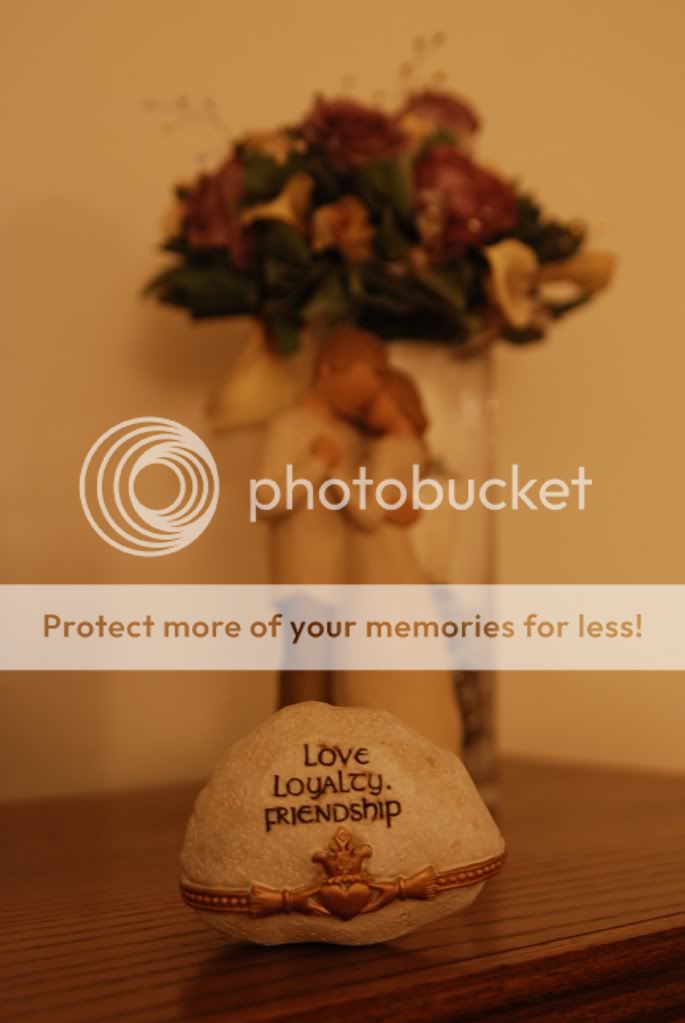
2. Auto -3
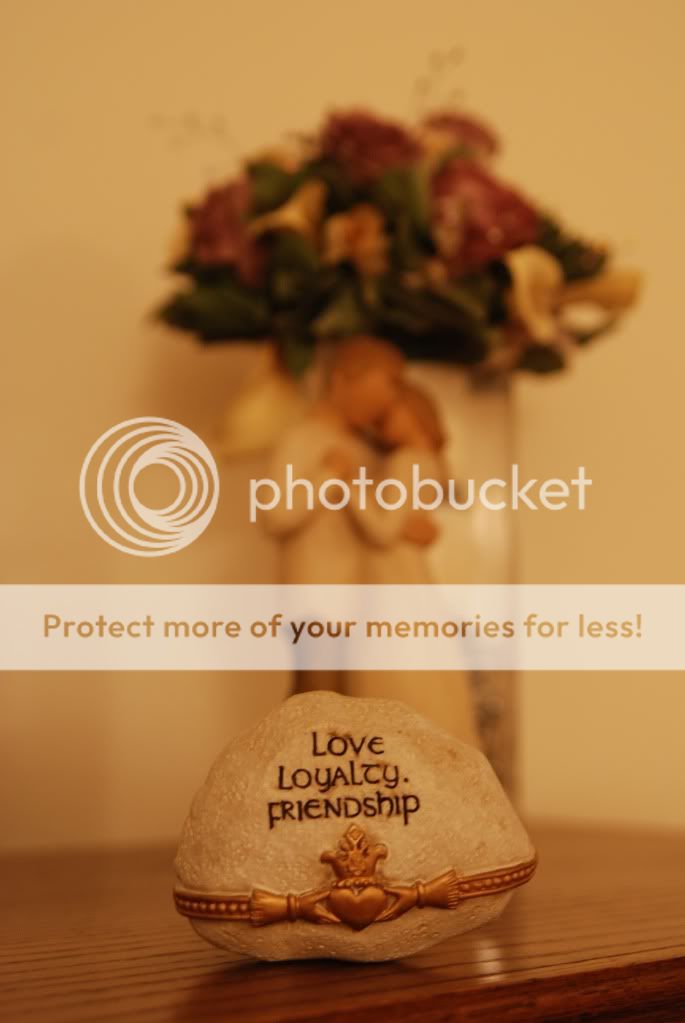
3. Auto +3
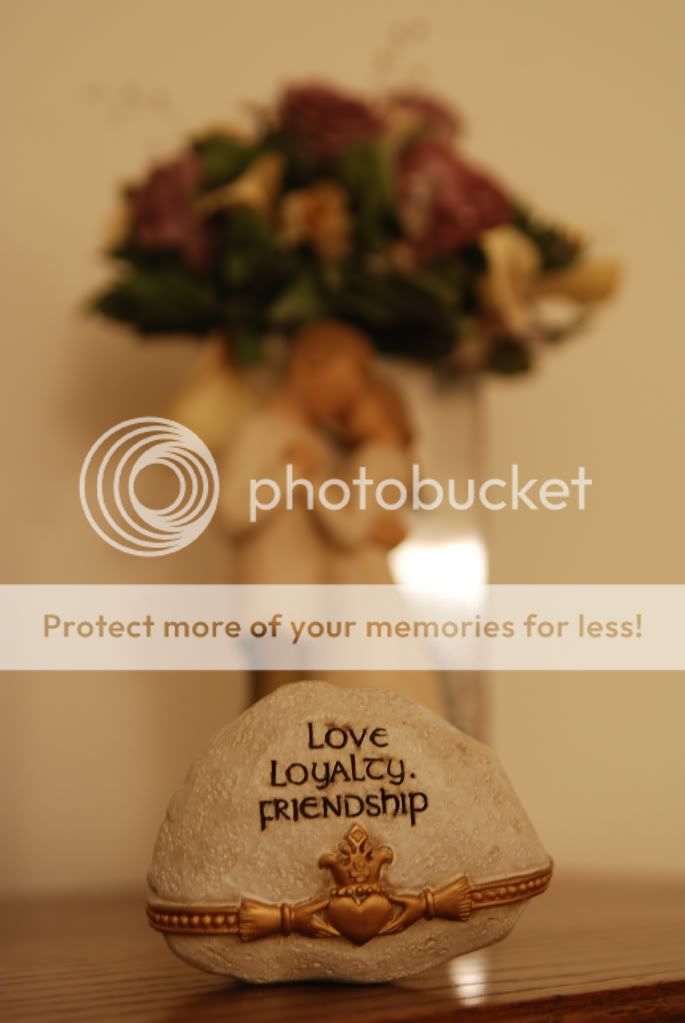
4. Auto 0
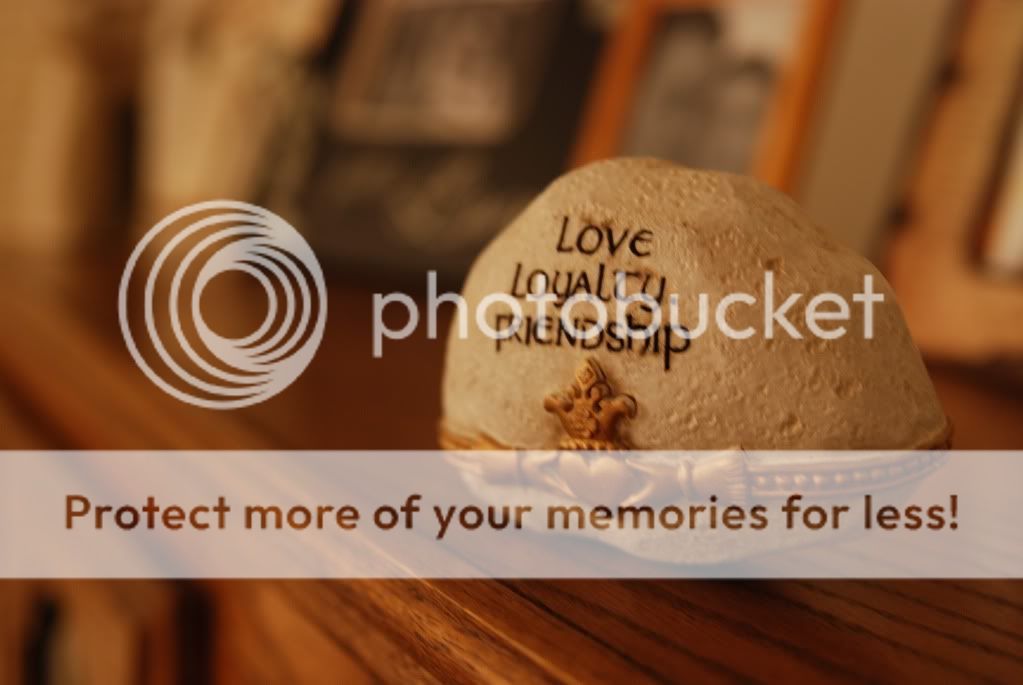
5. Auto -3
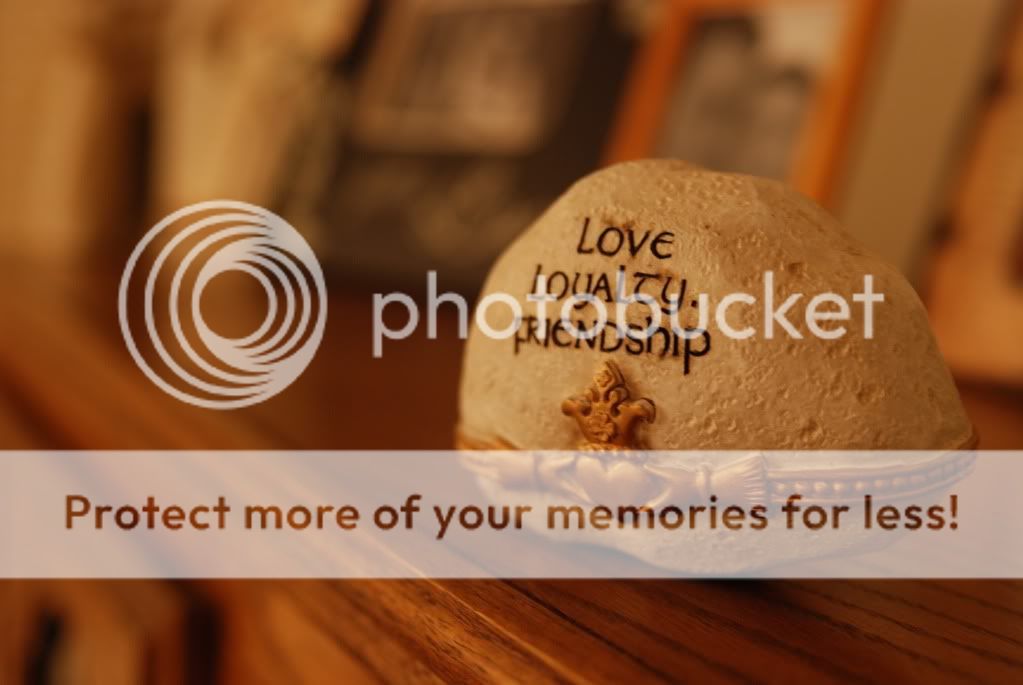
6. Auto +3
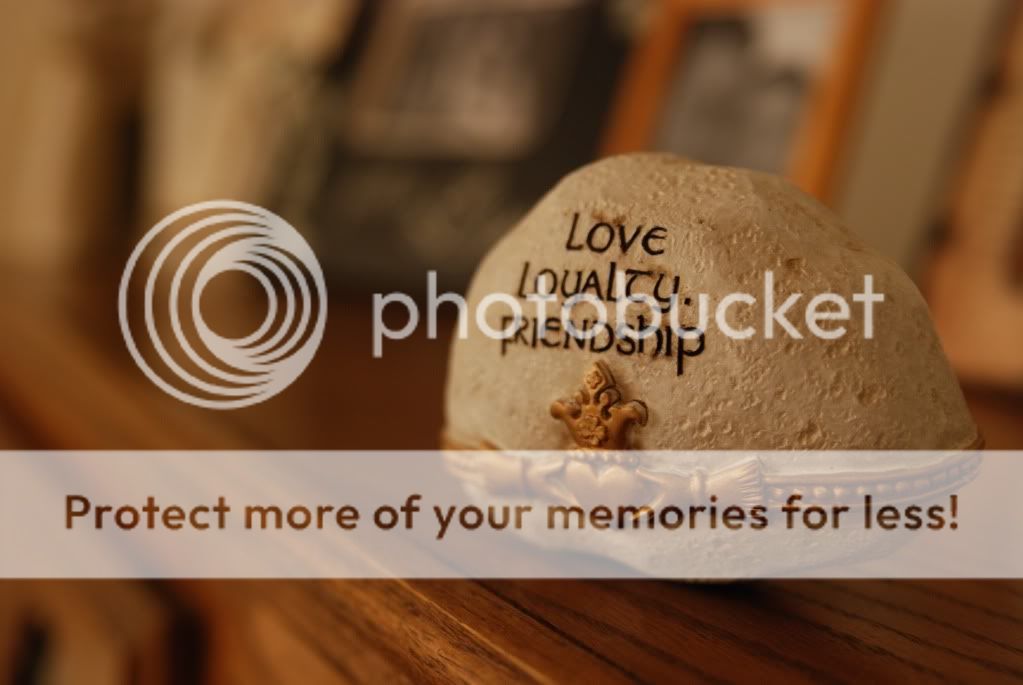
7. Fluoresce 0
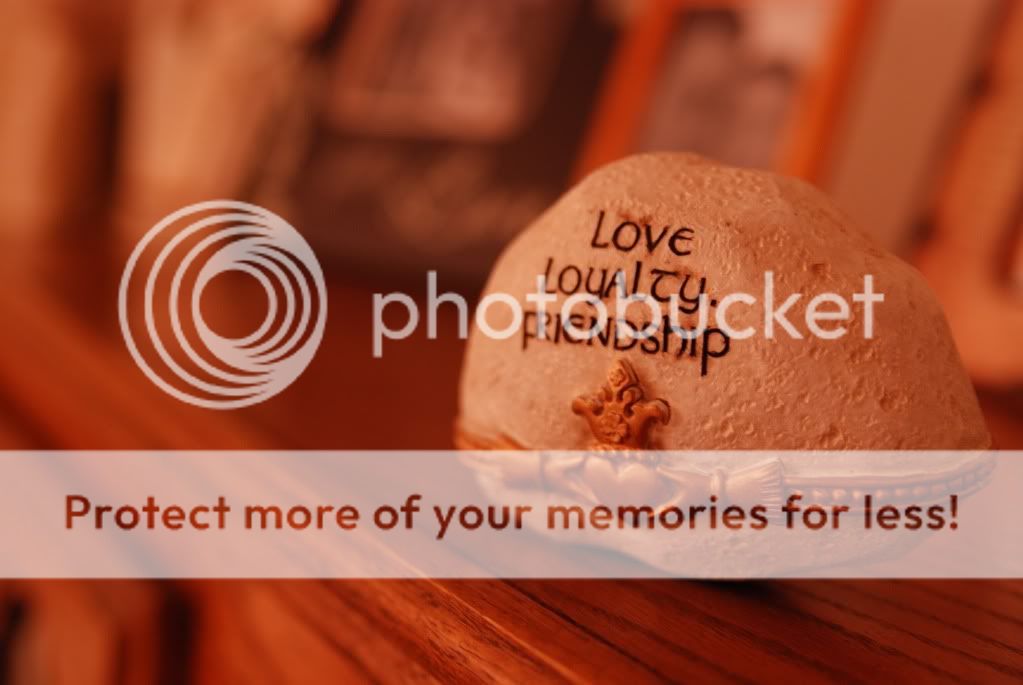
8. Incandesc -3
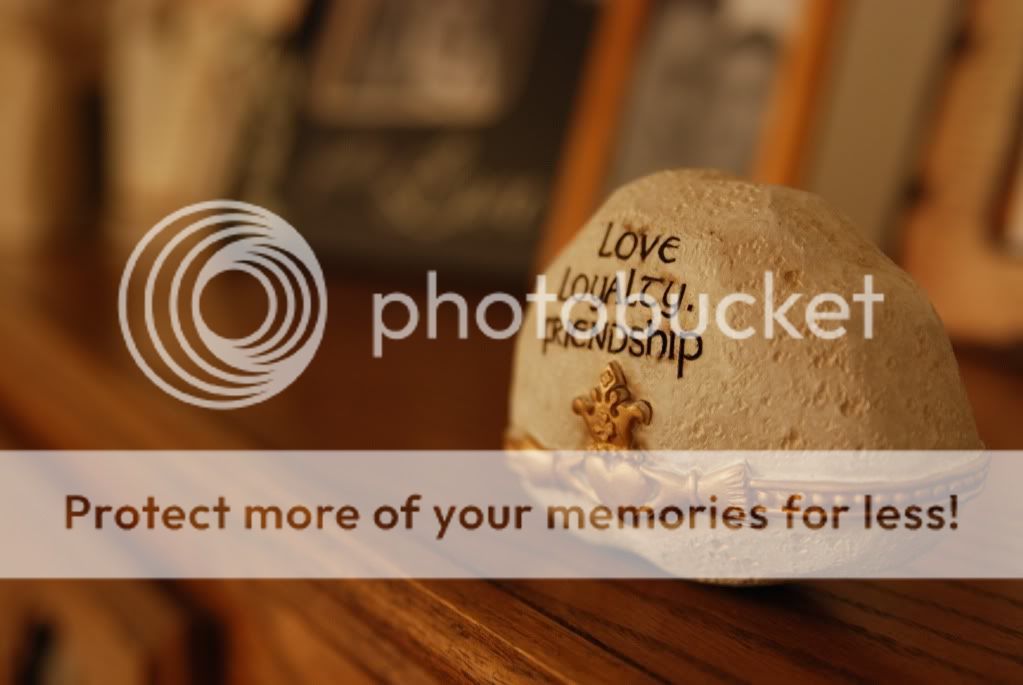
So I can visibly see the difference between these. I know that my lighting greatly affects when and how I use the WB, but when do I know to change a setting? What do I look out for?
I change them to such as sunlight and flash, which didn't really pertain, but when I do get the opportunity to take advantage I will do so and probably post some more.
I played with the shutter speed a tiny bit and up-ed the ISO after a shot.
1. Auto -3

2. Auto -3

3. Auto +3

4. Auto 0

5. Auto -3

6. Auto +3

7. Fluoresce 0

8. Incandesc -3

So I can visibly see the difference between these. I know that my lighting greatly affects when and how I use the WB, but when do I know to change a setting? What do I look out for?

 The ways I've found to correct this, is increase the flash output to make sure it's the dominant light source. Or, block or modify other light sources to bring your flash back to the dominant light source.
The ways I've found to correct this, is increase the flash output to make sure it's the dominant light source. Or, block or modify other light sources to bring your flash back to the dominant light source. 








![[No title]](/data/xfmg/thumbnail/32/32810-094482c1ef1c76eae62a96107013a72e.jpg?1734162496)

![[No title]](/data/xfmg/thumbnail/32/32812-c004ccede2969e280733ed1a4271ec1a.jpg?1734162500)